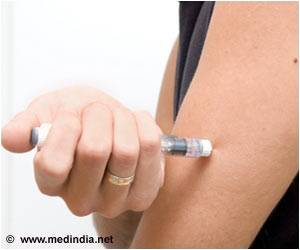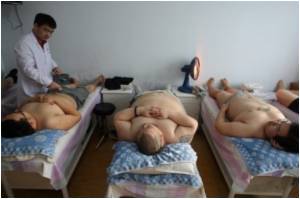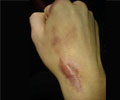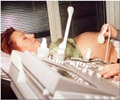If people with a diabetic foot syndrome (DFS) receive hyperbaric oxygen therapy (HBOT) in addition to conventional treatment, this can promote wound healing.

‘If people with a diabetic foot syndrome receive hyperbaric oxygen therapy (HBOT) in addition to conventional treatment, this can promote wound healing.’





If people with a diabetic foot syndrome receive hyperbaric oxygen therapy (HBOT) in addition to conventional treatment, this can promote wound healing. However, the certainty of conclusions of the available study results is restricted. Furthermore, the results for other aspects of treatment that are relevant to patients show neither hints of a benefit nor of harm. This is the finding of a final report published on June 2, 2016 by the German Institute for Quality and Efficiency in Health Care (IQWiG). HBOT is recommended in addition to conventional wound care if all options to revascularize the tissue, that is, to supply a sufficient amount of blood again, have failed and there is a threat of amputation.
In HBOT, the patients sit in a special chamber and inhale (mostly) pure oxygen under increased ambient pressure. This is supposed to enrich the blood with oxygen and promote a better oxygen supply, also in the area of the wound.
Overall the IQWiG researchers included nine randomized controlled trials in their assessment. However, only two of these studies have a low risk of bias; their results can therefore be interpreted with greater certainty. In the remaining studies detailed information on the allocation of study participants to the respective groups was often lacking in the study publications. Moreover, most studies were not blinded.
Furthermore, the studies included very different patients; this applied, among other things, to disease severity. In part, great deviations between studies were also shown for the time of analysis. These could be the main reasons why, for single aspects of treatment, the results of the studies were very heterogeneous. However, other causes cannot be excluded.
Advertisement
In the preliminary report, the IQWiG researchers had still assumed proof of a benefit. However, in the final report they were able to include a further study that was only published in full in January 2016. Now not only one, but two studies with a low risk of bias are available. However, these two studies yield discrepant results for wound closure. In the final report IQWiG therefore downgraded the certainty of conclusions from 'proof' to 'a hint' of a benefit.
Advertisement
At the same time there is no hint of harm from additional HBOT in the form of adverse effects. Overall, the rate of complications is comparable between both study groups, which is why HBOT is regarded to be safe.
Source-Eurekalert















